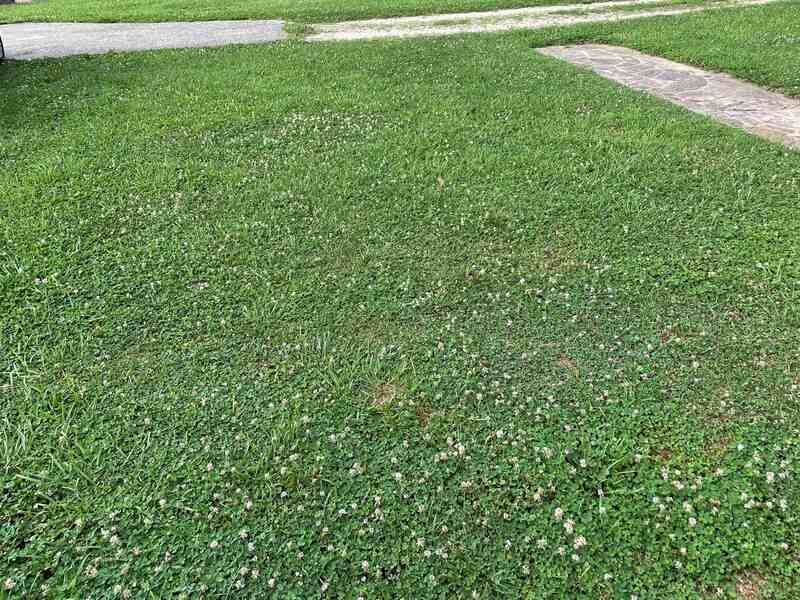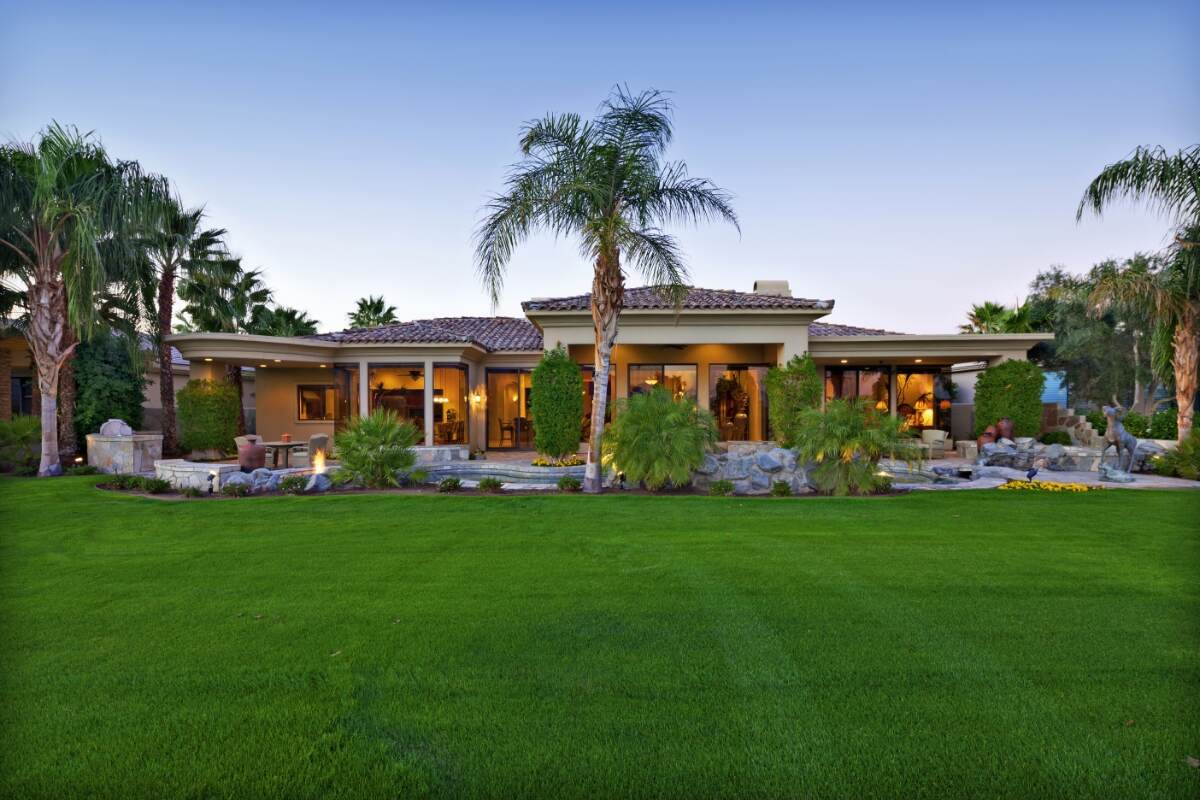
Clover lawns are becoming popular in California, but their success varies across the state. Coastal and northern areas with cooler weather are usually better for clover lawns.
In this article, we’ll help you decide if a clover lawn is right for your part of California. We’ll look at the pros and cons and give you practical tips for making the switch.
Are Clover Lawns Ideal for California?
Clover lawns can thrive in California, but their success depends on where you live. Coastal and northern areas with milder climates are best for clover lawns. These regions have the right conditions for clover to grow well without needing as much water as traditional grass.
In hotter southern and inland areas, clover lawns require a bit more care, especially when first planted. However, they can still be a sustainable alternative to grass lawns.
For more detailed information, check out these articles:
But if you want to know how to plant a clover lawn, check out our article.
Benefits of Clover Lawns in California

Here are some of the benefits of having a clover lawn:
✓ Water Efficiency
Clover lawns are highly drought-tolerant, requiring much less water than traditional grass. This makes them an excellent choice for water-wise landscaping, especially in California’s frequent drought conditions.
✓ Contribution to Soil Health
Clover naturally enriches the soil by fixing nitrogen, reducing the need for chemical fertilizers. This leads to healthier soil and a more environmentally-friendly lawn.
✓ Pest Resistance
Clover is less prone to pests and diseases, which means fewer pesticides are needed. This contributes to a healthier ecosystem and a lower-maintenance lawn.
✓ Lower Maintenance Needs
With clover lawns, you might only need to mow once or twice a season, saving time and effort compared to traditional grass lawns.
✓ Cost-Effectiveness
Clover seeds are cheaper than most grass seeds, and clover lawns require less watering and fertilization, making them a more affordable option overall.
For more information, peruse our article: “Reasons to Plant a Clover Lawn.”
Drawbacks of Clover Lawns in California

While clover lawns offer many advantages, there are some challenges to keep in mind.
✗ Poor Traffic Tolerance
Clover lawns can become patchy and may need reseeding more often, especially in high-traffic areas. They aren’t as durable under heavy foot traffic, which can be a concern for active spaces.
✗ Bee Attraction
Clover flowers attract bees, which can be an issue for people with bee allergies or those with young children. Keeping the lawn cut short can help minimize bee activity, but it reduces some of the benefits.
✗ Care During Establishment
Clover needs consistent watering during its initial growth phase. Once established, it requires less water, but the initial care is crucial, especially in areas with little rainfall.
✗ Short Lifespan
Clover isn’t as long-lasting as some grasses and might need reseeding every two to three years to maintain a full, lush lawn.
Types of Clover for California Lawns

Most clover lawns use white clover. However, several other varieties can grow in California. Let’s look at the most common types of clover used in lawns:
- White clover: White clover is a tough, low-growing plant. It enriches the soil by adding nitrogen, reducing the need for chemical fertilizers. It’s drought-tolerant and stays green when grass might turn brown, though it needs enough water when first planted.
- Microclover: Microclover is a smaller version of white clover with tiny leaves. It’s great for a neat lawn look and doesn’t flower as much, so it attracts fewer bees. You can use it alone or mix it with grass for a uniform lawn that benefits from clover’s nitrogen-fixing ability.
- Dutch clover: Dutch clover is another type of white clover. It’s good with foot traffic and grows well in different climates, making it a flexible choice for many lawns.
- Red clover: Red clover is taller and has pretty red flowers. It’s less common in lawns but adds color and attracts pollinators. Like other clovers, it also helps improve soil nitrogen levels.
FAQ About Planting a Clover Lawn in California
How do clover lawns compare to other types of grass in California?
Clover lawns are generally more drought-tolerant and environmentally friendly than many traditional grass varieties used in California. They require less water and reduce the need for chemical use compared to common grass types like Kentucky bluegrass or Bermudagrass.
For more information about traditional turf grasses, see: “Best Types of Grass for California.”
Can clover lawns survive in full sun?
Yes, clover lawns can thrive in full sun. However, they may need more frequent watering during the establishment phase, especially in hotter regions of California. Once established, clover is relatively drought-tolerant and handles full sun exposure well.
Are clover lawns resistant to weeds?
Clover is very competitive and can suppress many common lawn weeds due to its dense growth. However, during the establishment phase, you might need to manage weeds by hand or with organic herbicides to prevent them from outcompeting the young clover plants.
Can clover lawns be integrated with native plants in California?
Yes! Clover lawns can be integrated with native plants, enhancing biodiversity and supporting local ecosystems. Native plants are well adapted to California’s climate and soil conditions, making them a great addition to a sustainable landscape. For more ideas, check out: “Native Plants for California: Flowers, Succulents, Shrubs, and Trees.”
Transition to a Clover Lawn with Expert Help
Clover lawns are a great alternative to traditional grass in California. They offer benefits like drought tolerance, soil enrichment, and reduced chemical use. While there are challenges, careful planning and proper care can help you overcome them.
Ready to make the switch to a clover lawn? Hire a local lawn care professional to help you assess your lawn’s condition and start the transition seamlessly. With their help, you’ll have a low-maintenance, eco-friendly, and beautiful clover lawn in no time.
Main Image Credit: Svetlana Khor / Adobe Stock




